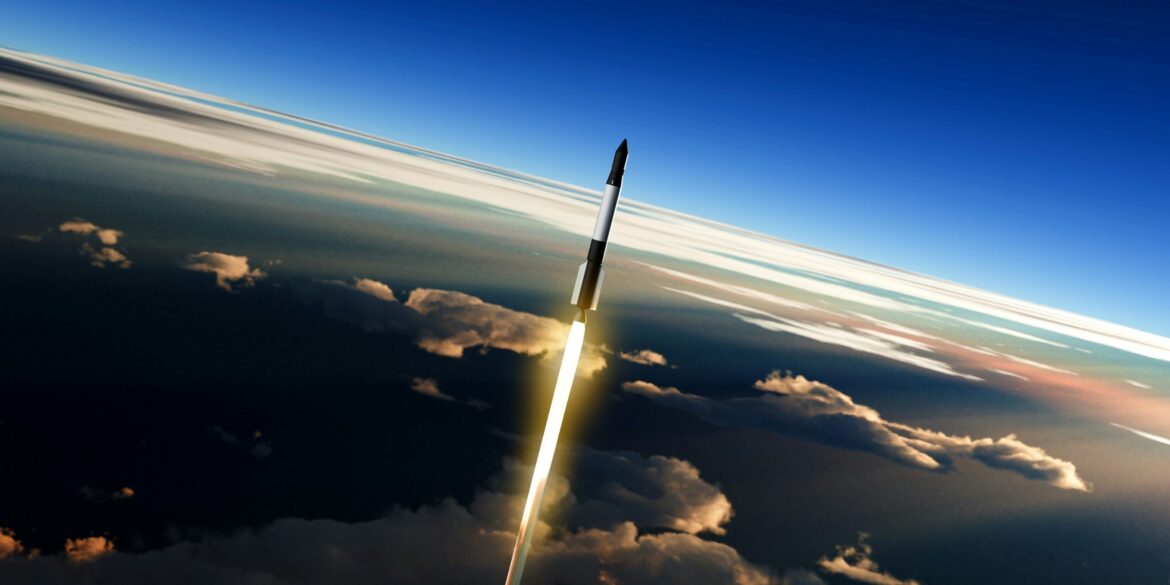NASA’s Artemis program, aimed at returning humans to the Moon and beyond, reached a significant milestone on June 27, 2025, with the successful test-firing of its $100 million Space Launch System (SLS) rocket engine at the Stennis Space Center in Mississippi. This test-firing marks a crucial step forward in NASA’s efforts to create the most powerful rocket ever built, designed to carry astronauts and cargo on deep space missions.
The SLS rocket, which is central to NASA’s ambitious plans for human space exploration, is designed to lift the Orion spacecraft, which will carry astronauts to the Moon, Mars, and eventually deeper into space. The test involved the RS-25 engine, a key component of the SLS, and its successful ignition is seen as a critical demonstration of the rocket’s capabilities ahead of future missions.
The Importance of the SLS and Artemis Program
The SLS is the centerpiece of NASA’s Artemis program, which aims to land “the first woman and the next man” on the Moon by 2029. The goal of Artemis is not only to return astronauts to the lunar surface but also to establish a sustainable human presence on the Moon, paving the way for future crewed missions to Mars.
NASA Administrator Bill Nelson praised the success of the test-firing, emphasizing the importance of the SLS in advancing human space exploration. “This test-firing represents a critical step forward in our journey to the Moon, Mars, and beyond,” said Nelson. “It demonstrates the remarkable capabilities of the SLS rocket, which will be instrumental in achieving our bold space exploration goals.”
The SLS is designed to be the most powerful rocket ever built, capable of delivering up to 130 metric tons of payload to low Earth orbit. This immense lifting capacity will enable NASA to send heavy cargo and crewed missions to destinations far beyond Earth, including the Moon and Mars. The rocket will also carry scientific payloads that will help expand our understanding of the universe.
The RS-25 Engine: A Key to Success
The RS-25 engine, developed by Aerojet Rocketdyne, has a long history of successful missions, having powered the Space Shuttle program for more than 30 years. However, the RS-25 engines used in the SLS have been upgraded to meet the more demanding requirements of deep space exploration. The test-firing at Stennis Space Center was conducted under conditions simulating the extreme temperatures and pressures the engine will experience during launch.
The engine burned liquid hydrogen and liquid oxygen to produce a massive thrust, reaching over 2 million pounds. The successful test provided engineers with valuable data on the engine’s performance, confirming that the rocket’s core stage will be able to generate the necessary power for future launches.
“This test is a major achievement for NASA and our partners. It demonstrates the rocket’s power and reliability, which are critical for the success of the Artemis missions,” said John Honeycutt, NASA’s SLS program manager.
The Path to Artemis I and Beyond
With the test-firing of the RS-25 engine successfully completed, the SLS rocket is one step closer to its debut launch. The first uncrewed Artemis mission, known as Artemis I, is scheduled for later this year and will test the performance of the entire SLS rocket system, including the Orion spacecraft.
Artemis I will send the Orion spacecraft on a journey around the Moon, testing its systems in deep space before a crewed mission is attempted. The mission is a critical step in NASA’s plans to return humans to the Moon by 2029.
NASA is also working on the development of key components for the lunar Gateway, a space station that will orbit the Moon and serve as a staging point for astronauts traveling to and from the lunar surface. The Gateway will play a vital role in sustaining human presence on the Moon and supporting future missions to Mars.
Collaborations and Advancements in Space Technology
The development of the SLS rocket has involved extensive collaboration with multiple contractors and suppliers across the United States. Companies like Boeing, Lockheed Martin, and Northrop Grumman have all played integral roles in building components for the SLS rocket and Orion spacecraft.
The SLS program is not only advancing human space exploration but also pushing the boundaries of aerospace technology. From advanced propulsion systems to the development of new materials and manufacturing techniques, the SLS represents the cutting edge of space technology and is expected to drive innovations that will benefit a wide range of industries on Earth.
Conclusion
The successful test-firing of the RS-25 engine marks a significant milestone in NASA’s Artemis program and brings humanity one step closer to returning to the Moon and venturing beyond. With its powerful SLS rocket, NASA is poised to lead the next generation of space exploration, paving the way for future crewed missions to the Moon, Mars, and beyond.

